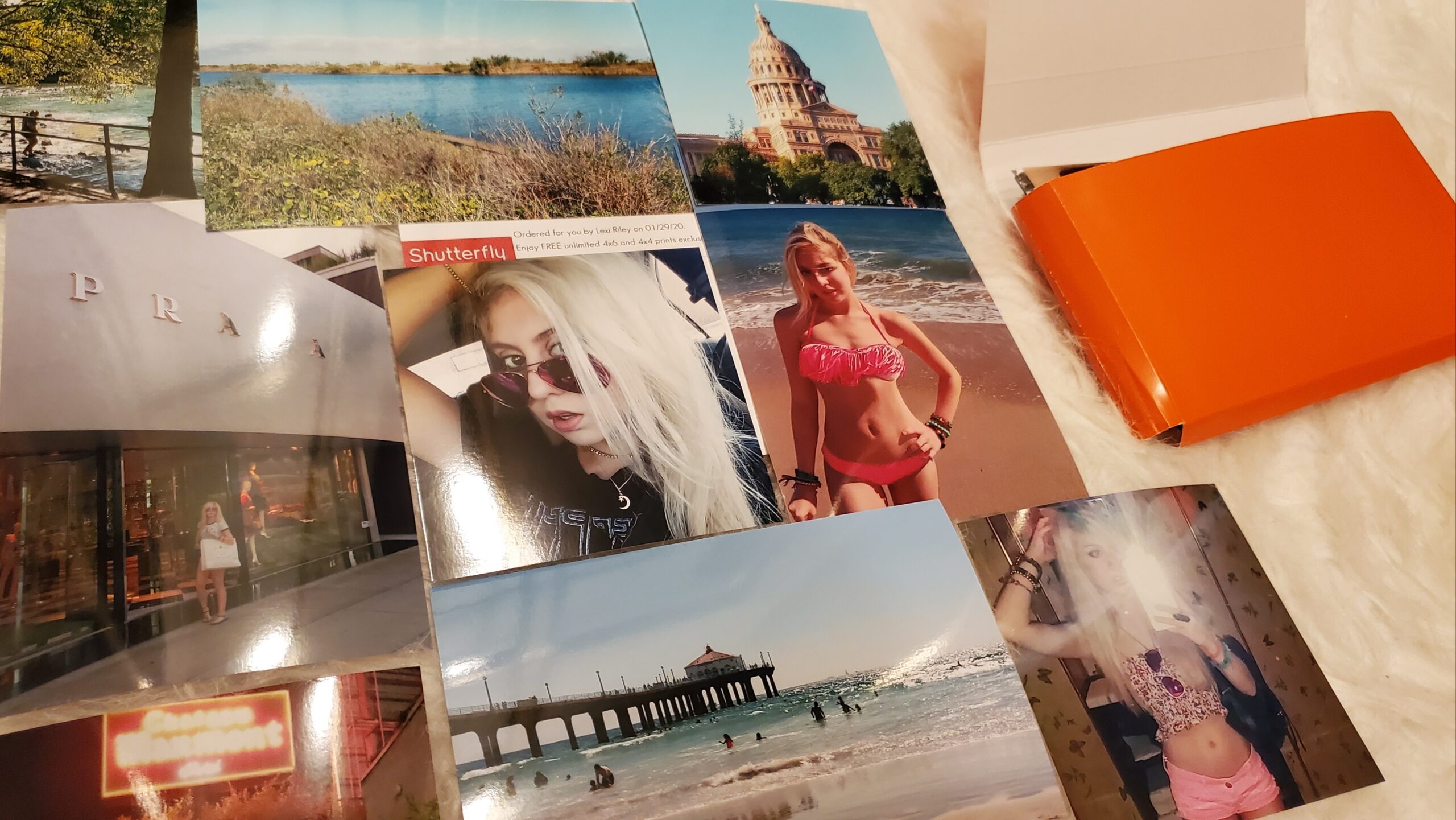In today’s digital world, most people trust their most cherished memories will be safe in the supposedly foolproof hands of sacred cloud technology. As tech giants like Google and Facebook further monopolize our world, more people are calling for their demise. As someone who specializes in digital marketing, and an Android nerd, I am what you would call a “techie.” However, I am also an old soul and a free-thinker, meaning I refuse to blindly place all my faith in an invisible database.
My parents grew up listening to records and mixtapes, which quickly evolved into CDs in the early 2000s. Then, in 2005, after years of people burning music from LimeWire onto discs, the iPod Nano was born. Today, my hot pink iPod Nano has been replaced by streaming apps like Spotify and Apple Music. And at Christmas time, instead of watching my favorite classics on VHS tapes, I can easily stream them through Amazon or Netflix.
I can only imagine where my favorite memories that I document on my Instagram will be in twenty, or maybe even just ten years. It would not surprise me if by then they were obsolete. Ten years of my life flushed down a Silicon void.
I have always treasured old family photographs. Some remain pristine and glossy, while others are faded, matte, with edges bitten by time. When my mother was born, my grandparents could not consult a cloud to store her baby photos. Yet, somehow, years later, the prints live on in mint condition, and I can hold the photographs up to her face and admire how she still looks the same. I seek to recreate this experience for my future children.
So I embarked on a mission. I dusted off my desktop computer and filtered through seemingly endless collections of photographs, many scattered amidst old ‘.psd’ files. Then, I uploaded all of my photos to the Shutterfly cloud.
I had many failed attempts at printing my photographs in the past through Walgreens. The photos would always arrive cropped and cut-off in just the wrong places. I still have a shoebox filled with my California vacation photos where heads are cut off in every one.
Shutterfly seemed a more promising choice. Perhaps it was just that their branding happened to be my favorite color (tangerine, or safety-cone orange). Their color choice caught my eye, but their savings sealed the deal for me. When you order prints through Shutterfly’s mobile app, you get 4×4 and 4×6 prints FREE. (Well, they get you with shipping, but it is still an amazing deal that works out to ten cents a photo.)
While I have way too many photos to order all at once, I am making it my mission this year to order as many photos as I can and fill up some classic photo albums.
Less than a week after placing an order, I had a beautiful bright orange box at my door stuffed full of photo envelopes. Every photo was printed perfectly.
However, I quickly learned that my journey was not over. Now my coffee table was piled high with envelopes of photos because I lack photo albums to store them in.
As my research into the world of print photography continued, I quickly learned that the classic “photo album” had become a thing of the past, and instead was being replaced by its more expensive counterpart: the “photo book.”
While photo books can be an appealing option for those building an album with a very specific theme, i.e. – a wedding, they also come with lots of complications. Photobooks allow you to print your photos directly onto bound pages and arrange the layouts of your pages however you like. You can even add fun text and decorations to your pages.
The main problem I have with photobooks, though, is that no photos are separate. I like my options. I want the option to frame some photos and leave others in their sleeves.
I am still on the hunt for a nice photo album, but in the meantime, I can sleep a little more soundly knowing that my photos are no longer stuck in the bowls of my ancient desktop computer. Instead, they are tangible, and they will travel with me forever, wherever I decide to go.



